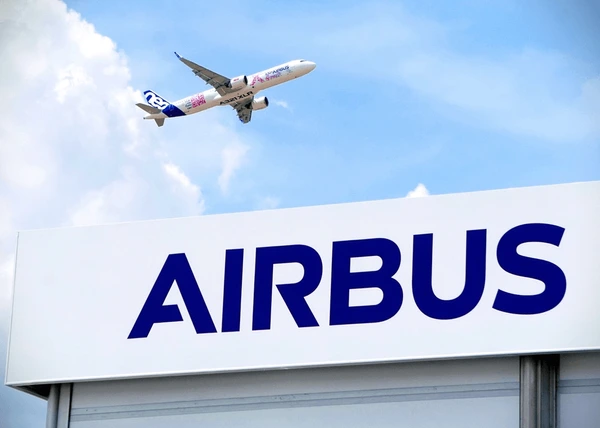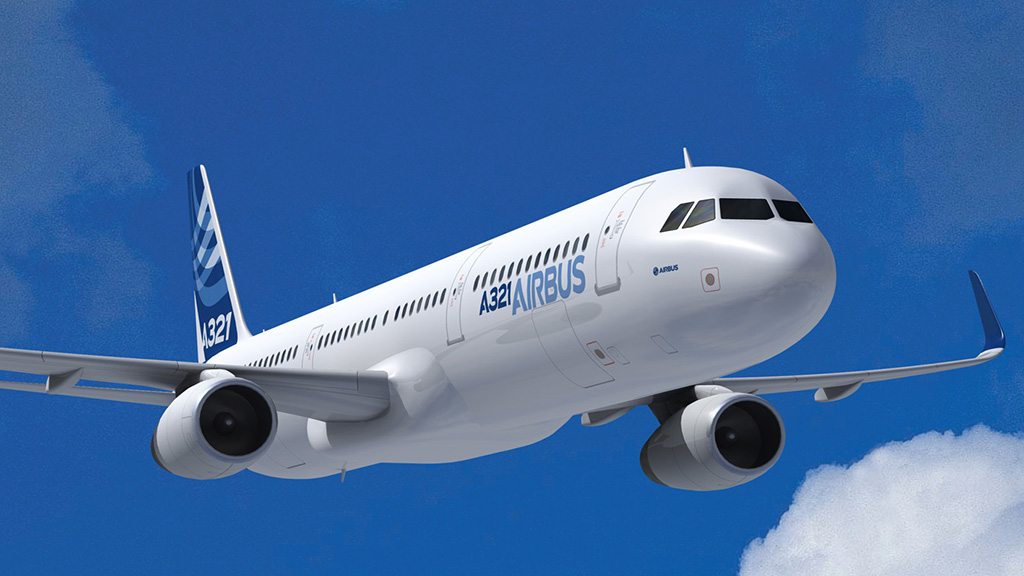The Formation and Evolution
Airbus, a titan in the global aerospace industry, has its roots deeply embedded in the collaborative efforts of European nations to compete with American manufacturers in the aircraft market. The story began in 1970 with the establishment of Airbus Industrie GIE, formed as a consortium of European aerospace companies to develop the A300, the world’s first wide-body, twinjet aircraft. This innovative aircraft set the stage for Airbus to challenge the dominance of American manufacturers.

In 2000, a significant merger resulted in the creation of the European Aeronautic Defence and Space Company (EADS), which encompassed Airbus along with other subsidiaries focused on defense and space. EADS sought to streamline and enhance European aerospace capabilities, acquiring full control of Airbus Industrie GIE and rebranding it as Airbus SAS in 2001. The company underwent further transformations, culminating in the rebranding of EADS to Airbus Group NV in 2014 and then to Airbus SE in 2015.
Leadership and Global Presence
Headquartered in Leiden, Netherlands, Airbus operates its main office in Blagnac, France. The company is led by CEO Guillaume Faury and has established itself as a key player on stock exchanges, including the Paris and Frankfurt exchanges. Airbus’s multinational presence is exemplified by its assembly plants and offices across Europe, Canada, China, and the United States.
In recent years, Airbus has continued to expand its influence and capabilities. In 2024, the company announced plans to launch a Tech Hub in Japan, aimed at fostering partnerships and preparing for the next generation of aircraft, thereby reinforcing its commitment to innovation and collaboration.
Milestones in Aircraft Development
The Airbus product lineup is a testament to its commitment to advancing aviation technology. The A300, introduced in 1972, revolutionized air travel, particularly with the 1976 introduction of the ETOPS rule, allowing twinjets like the A300 to operate longer distances. This innovation was followed by the A310, A320, and subsequent models that further enhanced efficiency and comfort.
The A320, launched in 1987, became the company’s best-selling aircraft, notable for being the first commercial jet to feature a digital fly-by-wire control system. This technological leap has influenced the design of all subsequent Airbus aircraft, streamlining pilot training and enhancing operational safety. The introduction of the A380 in 2005, though ambitious, ultimately faced challenges, leading to its production cessation in 2022.
Diversification into Defense, Space, and Helicopters
Recognizing the importance of diversifying its portfolio, Airbus expanded into military aviation and space. The Airbus Defence and Space division, established in 2014, combines capabilities from various EADS sectors, focusing on aerial refueling, tactical airlift, and satellite systems. The A400M Atlas and the A330 MRTT highlight Airbus’s commitment to supporting military operations.
In the realm of helicopters, Airbus Helicopters emerged from the merger of Aérospatiale and DASA in 1992, becoming a leader in the turbine helicopter market. With a diverse lineup that serves both civilian and military needs, Airbus Helicopters underscores the company’s adaptability and innovation.
The Future of Airbus
As Airbus continues to navigate the ever-evolving aerospace landscape, it remains dedicated to sustainability and technological advancement. The company is actively exploring new materials, such as carbon-fiber-reinforced polymers, and innovative designs to improve fuel efficiency and reduce emissions. With plans for future aircraft and continued investment in research and development, Airbus is poised to remain at the forefront of the aerospace industry for years to come.
In summary, Airbus’s rich history is characterized by a series of strategic collaborations and innovations that have shaped the global aerospace landscape. From its inception as a consortium to its current status as a leader in commercial and military aviation, Airbus exemplifies the power of cooperation in achieving remarkable technological advancements.





